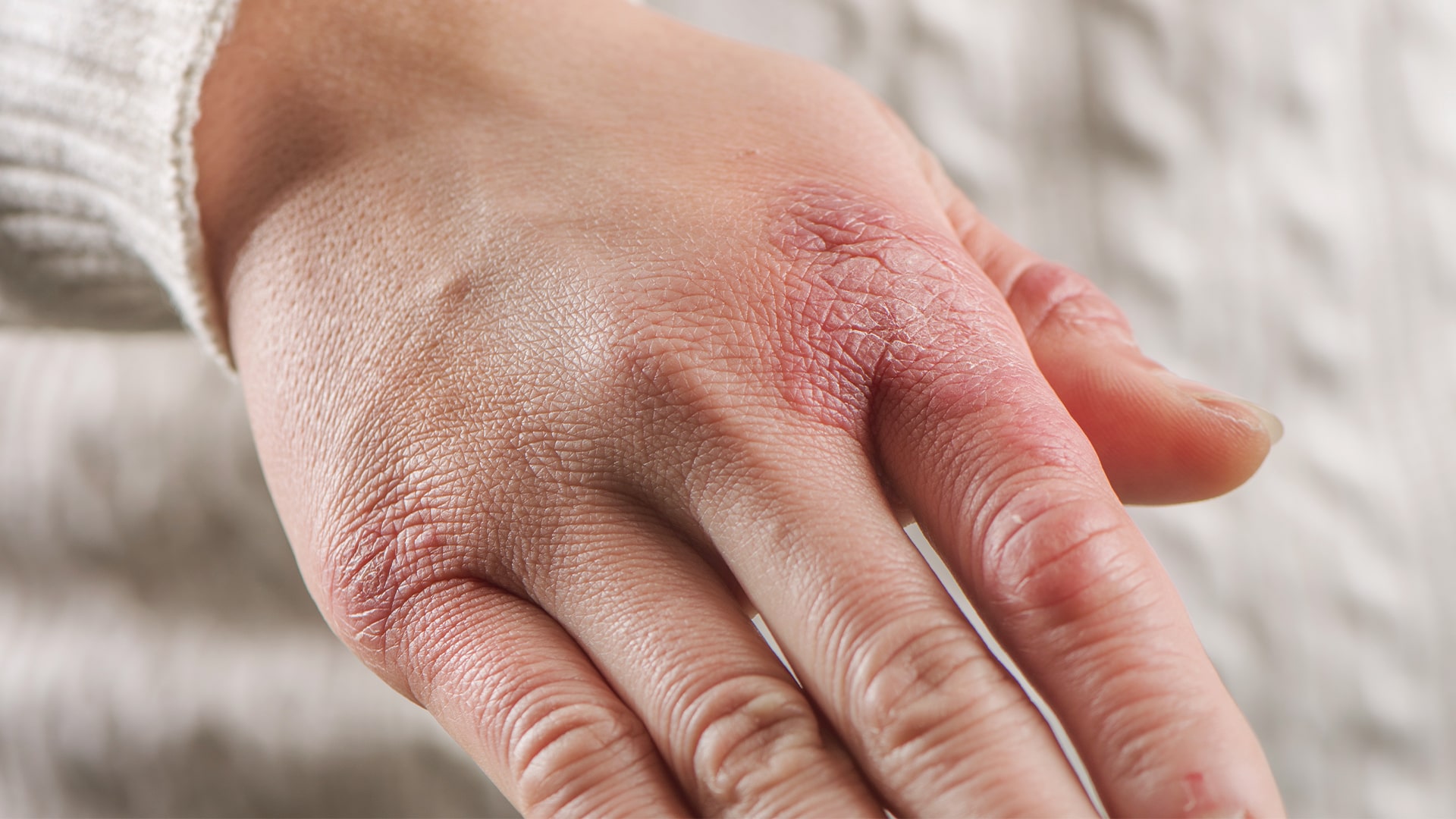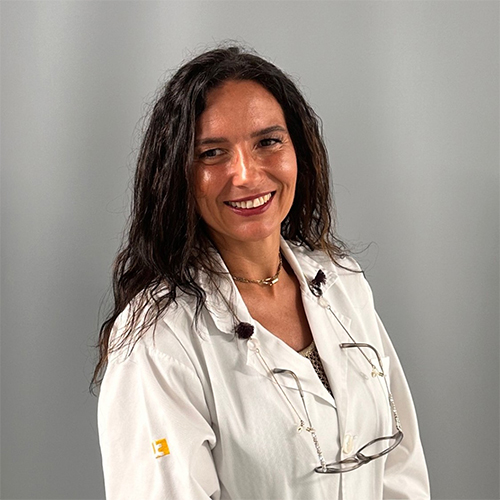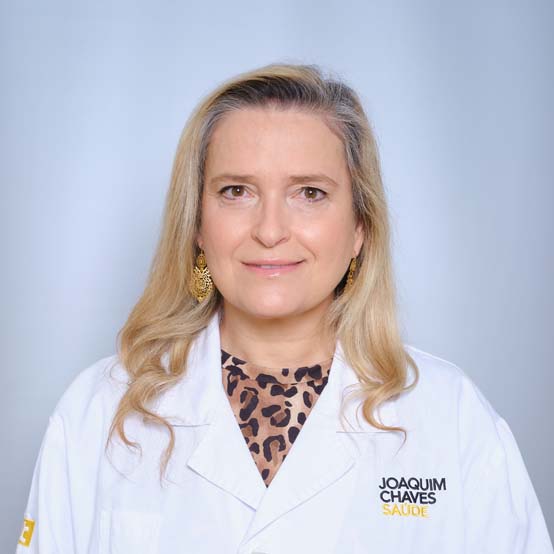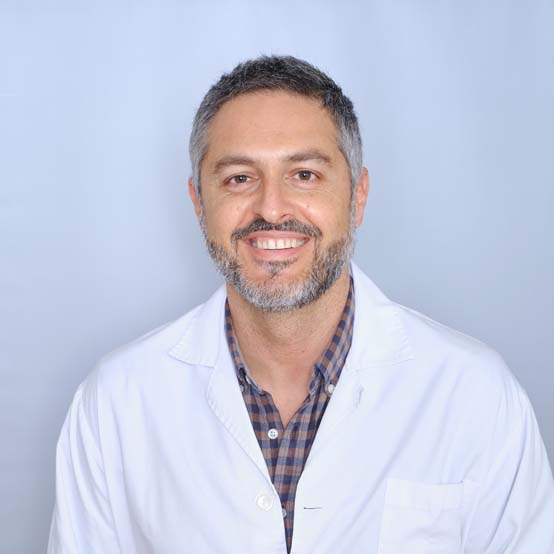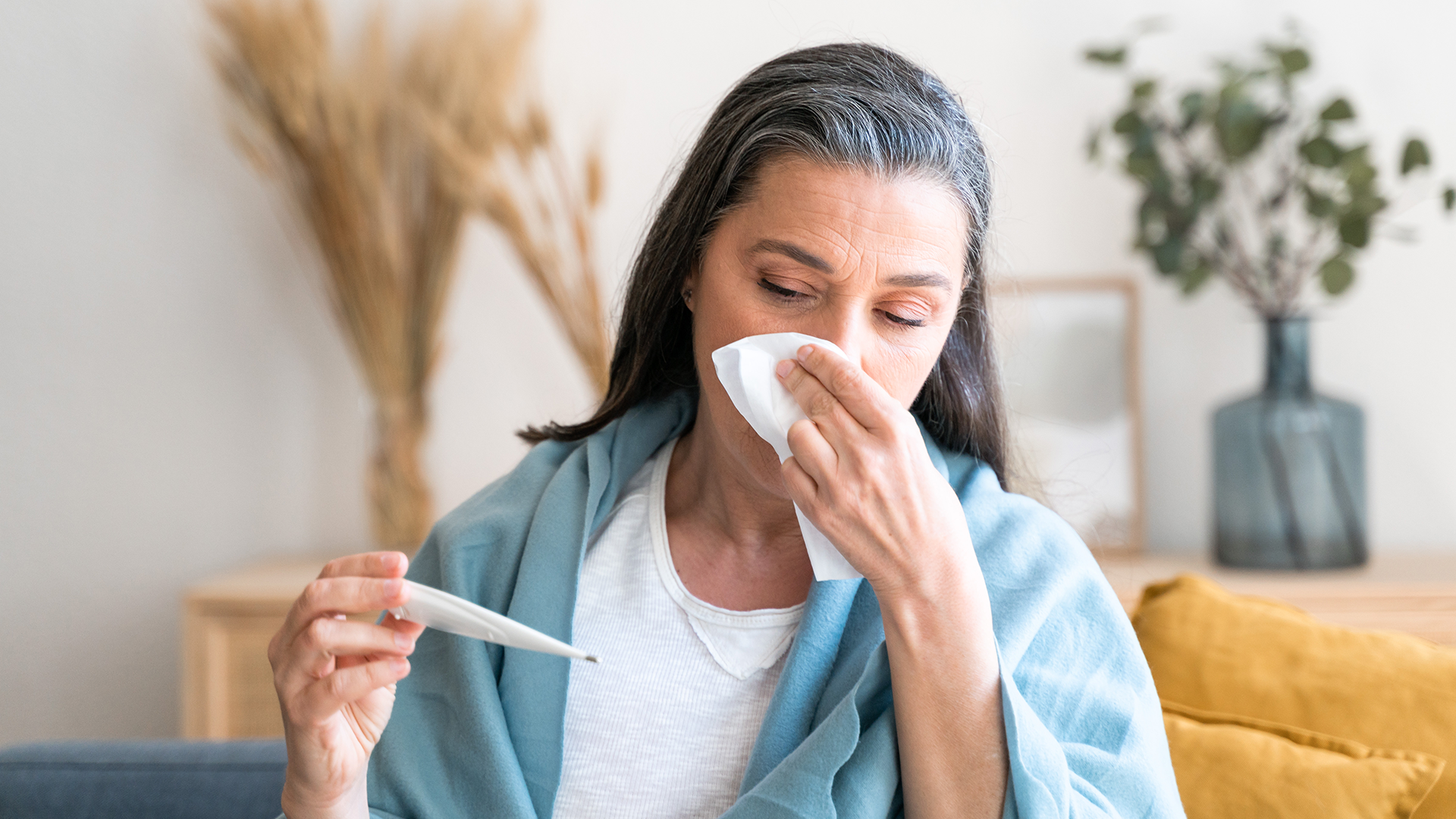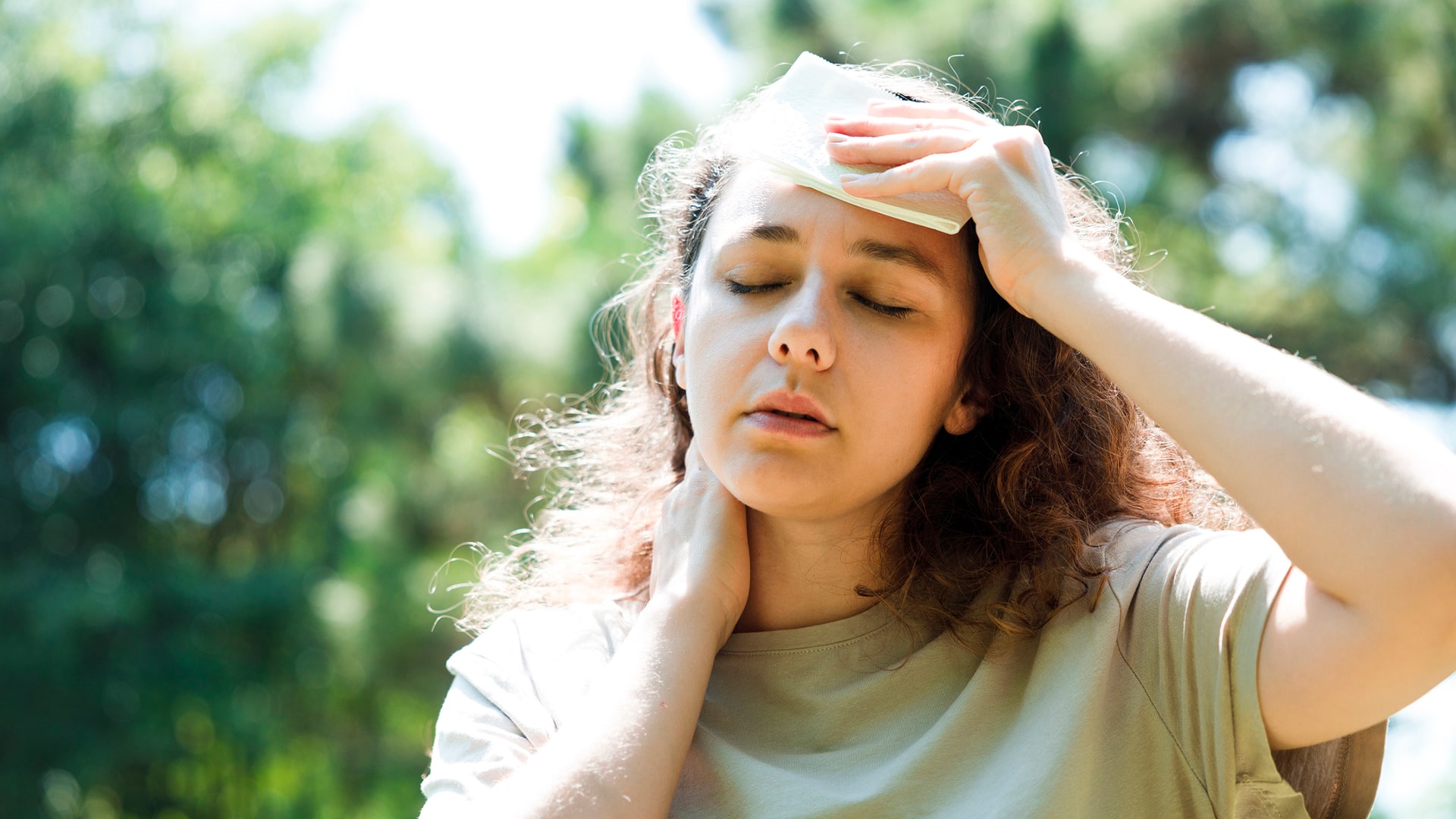Chilblains are more common in women than men, especially when there is a family history of blood circulation issues. The symptoms are uncomfortable and can even compromise the daily life of those who suffer from them, but prevention and treatment are possible. Find out everything you need to know here.
What are chilblains?
Chilblains are skin lesions characterised by inflammation and irritation, resulting from cold air on blood vessels. Cold exposure causes vasoconstriction, which reduces blood circulation to the body’s extremities, which is why fingers and toes are the most highly affected.
These lesions can be chronic or recurrent, even outside the cold seasons, but they are most frequent 12 hours following cold exposure. They usually disappear after 3 weeks without any after-effects, but they can persist and require specialised medical attention.
What are the principal causes of chilblains?
Chilblains are caused by cold exposure, but there are other factors that can lead to their onset.
Cold exposure
This is the primary cause of chilblains. Prolonged exposure to cold and damp climates causes vasoconstriction, which restricts blood circulation and leads to skin lesions.
Poor blood circulation
Circulatory disorders, such as poor blood circulation, which is worse in the body’s extremities, or obstructed circulation, can increase the risk of developing chilblains.
Traumas or lesions
Some skin lesions, like cuts, scratches and burns, can facilitate the appearance of chilblains.
Inadequate footwear
Wearing inadequate footwear, when these enhance cold conditions, especially in cold and damp climates, can lead to the development of chilblains on feet.
Allergic reaction
Some people may be sensitive to certain materials or substances in gloves, socks, footwear or detergents, causing an allergic reaction that leads to the development of chilblains.
Health conditions
Some medical conditions, such as autoimmune disorders or diabetes, can increase the probability of developing chilblains.
Smoking
Smoking can compromise blood circulation, making smokers more susceptible to chilblains.
What are the symptoms of chilblains?
The symptoms of chilblains are uncomfortable, and can vary in severity and location. The most common include:
• Rash: persistent itching in the affected area;
• Redness: skin in the affected area becomes red and irritated. In some cases, it can also become thicker, pale or bluish;
• Swelling: the affected site can become swollen, especially fingers and toes;
• Hot sensation: some people feel a hot or burning sensation in the affected site;
• Blisters: in the most serious cases, fluid-filled blisters can appear;
• Dry and flaky skin: the skin in the affected area can become dry and cracked;
• Pain or discomfort: in some cases, chilblains can cause pain or discomfort, especially if the affected area is exposed to heat;
• Ulcerations: serious chilblains, when chronic and extreme, can lead to skin ulcers.
If the symptoms persist or worsen, you should consult your family practitioner to obtain an accurate diagnosis and receive proper treatment. Chilblains can be a symptom of other underlying conditions, such as circulatory disorders, which also require treatment.
